Robotics and nature entwine in the V&A’s beetle-inspired pavilion
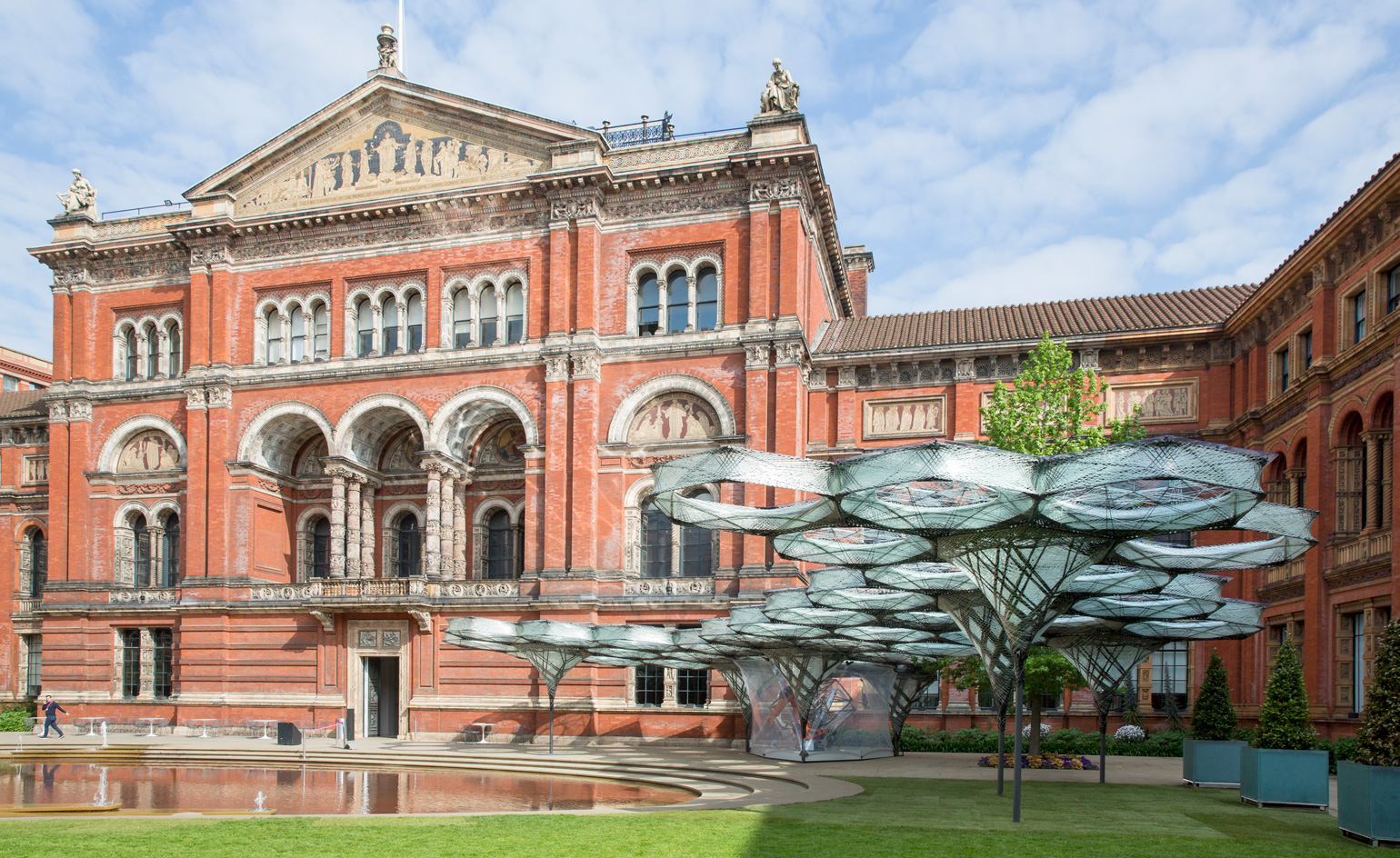
Engineers are too often the unsung heroes of architecture and design, the silent collaborators charged with transforming artistic visions into reality. That is set to change as London's Victoria and Albert Museum kicks off its first ever Engineering Season, launching today with a specially commissioned, site-specific installation in the John Madejski Garden that is both inspired by nature and fashioned by robots.
Conceived by architect Achim Menges, together with Moritz Dörstelmann, structural engineer Jan Knippers and climate engineer Thomas Auer, the newly unveiled 'Elytra Filament Pavilion' comprises an intricate canopy of resin-coated, carbon fibre and glass thread, woven using a unique robotic technique. The pavilion’s cellular, lightweight design draws inspiration from its namesake – elytra is a type of hardened forewing typical of beetles and other insect orders.
The project engineers’ fascination with biomimicry stems from the staggering potential of construction principles found in nature. The pavilion is the next phase in ongoing collaborative research at the University of Stuttgart's Institute of Computational Design and the Institute of Building Structures and Structural Design – helmed by Menges and Knippers, respectively. ‘When we look into rethinking the relation between material and design, nature is a very interesting precedent, because in nature we very often find things that are unexpected in technology,’ explained Menges during our recent visit to Stuttgart, where the pavilion cells were produced individually before being installed at the V&A. ‘We now have increasingly better ways of understanding the principles of natural construction, better tools to simulate them, and now the capacity to fabricate them.’
With the fourth industrial revolution currently underway, ways in which to exploit new materials are coming ever more to the fore. ‘As a structural engineer who grew up in the 1990s with the steel-and-glass architecture of Norman Foster and others, the most transparent, the most daring steel structures were done when this material was only 25 years old,’ says Menges. ‘Nobody knew how to engineer it, nobody had simulations of anything.’ It’s this same pioneering spirit Menges and his forward-thinking band of engineers have championed with the 'Elytra Filament Pavilion', reimagining ways to intertwine the laws of robotics and nature.
The pavilion’s cells are designed to be modular, and will also evolve and grow over the course of the Engineering Season in response to data collected by embedded optical fibres, which will trace the behaviour and pattern of the canopy's inhabitants. Visitors will have a chance to see new cells being crafted in situ by a Kuka robot (a slow, repetitive process – but one that's strangely hypnotic).
Knippers adds, ‘What we try to seek out in these experiments is a set of expressions of the material. Almost all natural load-bearing structures are fibrous composites – although there’s an incredible diversity of natural structures, nature only uses very few materials.’ To wit, if the pavilion is to be admired for its technical prowess, there’s something equally to be said for its aesthetics, from the striking black and mint palette to the intricate pattern of the woven fibres.
The V&A’s Engineering Season continues apace in one month’s time, when the oeuvre of Ove Arup (1895–1988) takes centre stage, in a major retrospective celebrating the most iconic engineer of the 20th century.
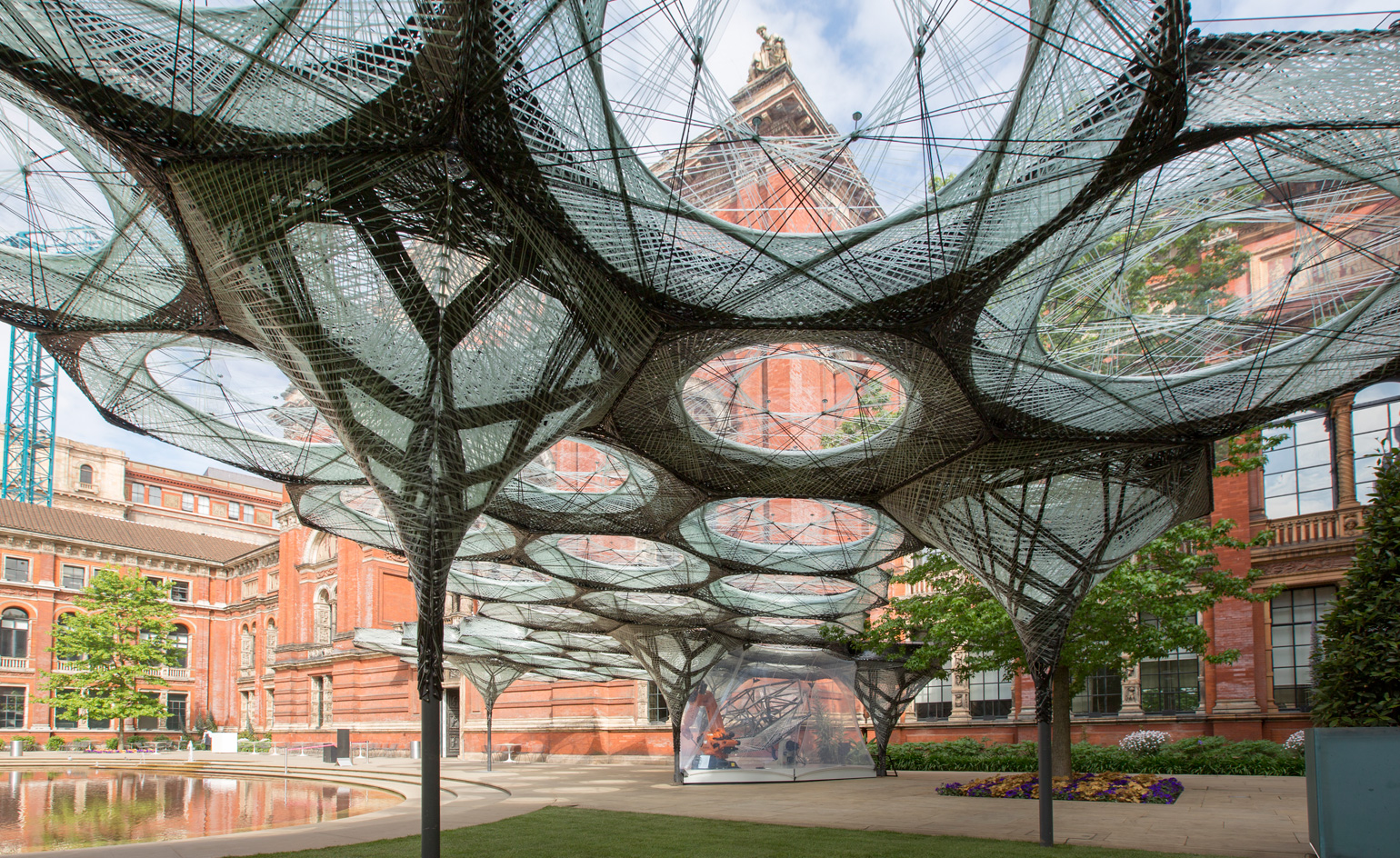
Conceived by architect Achim Menges, together with Moritz Dörstelmann, structural engineer Jan Knippers and climate engineer Thomas Auer, the ’Elytra Filament Pavilion’ comprises an intricate canopy of resin-coated, carbon fibre and glass thread, woven using a unique robotic technique

The pavilion’s cellular, lightweight design draws inspiration from its namesake – elytra is a type of hardened forewing typical of beetles and other insect orders

The pavilion is the next phase in ongoing collaborative research at the University of Stuttgart’s Institute of Computational Design and the Institute of Building Structures and Structural Design. It was crafted cell by cell in a laboratory in Stuttgart (pictured), before being assembled in London

A robotic arm spins glass fibres around a mould
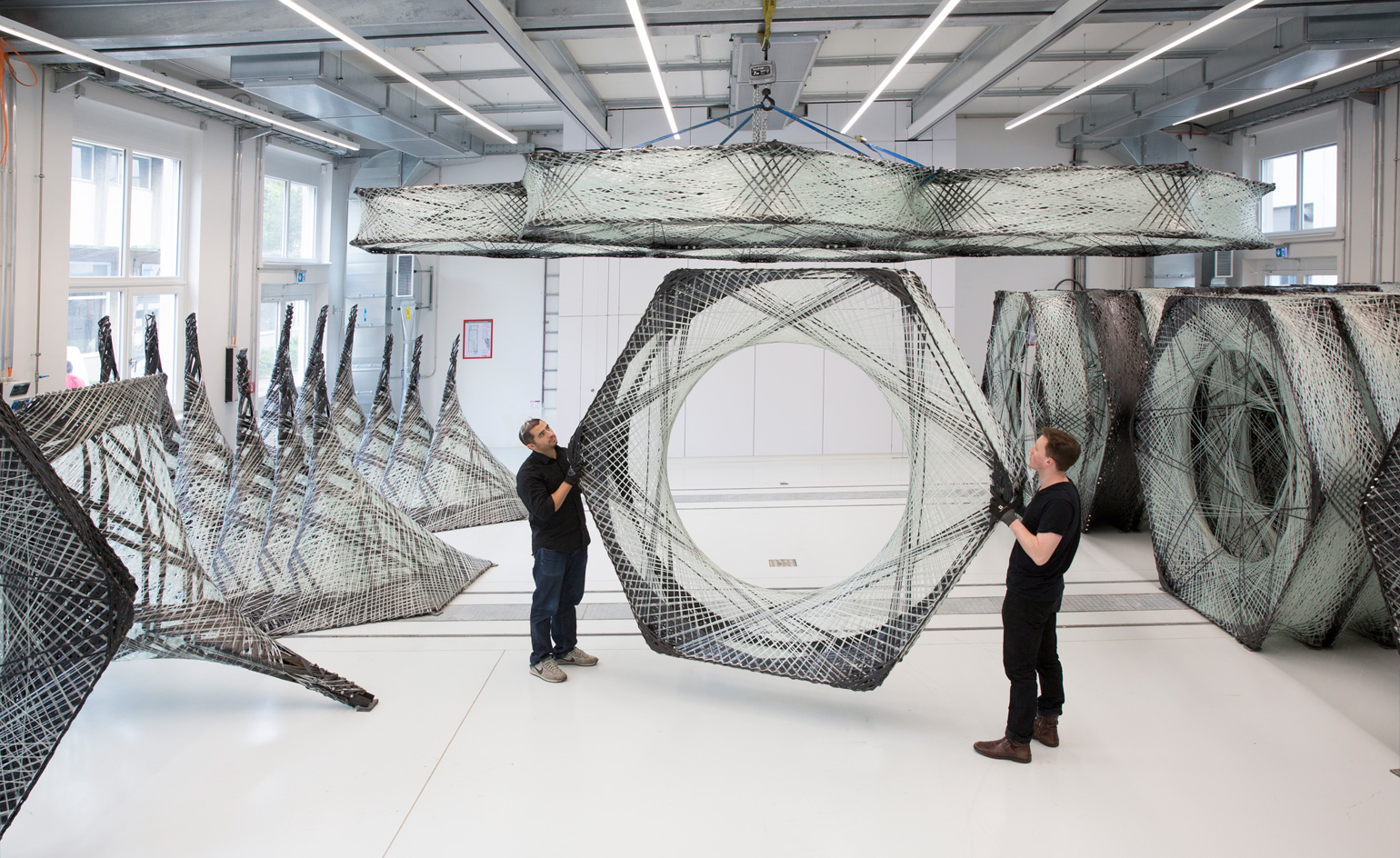
The large components are notably lightweight due to their carbon fibre composition, and are able to be lifted by hand in spite of their size
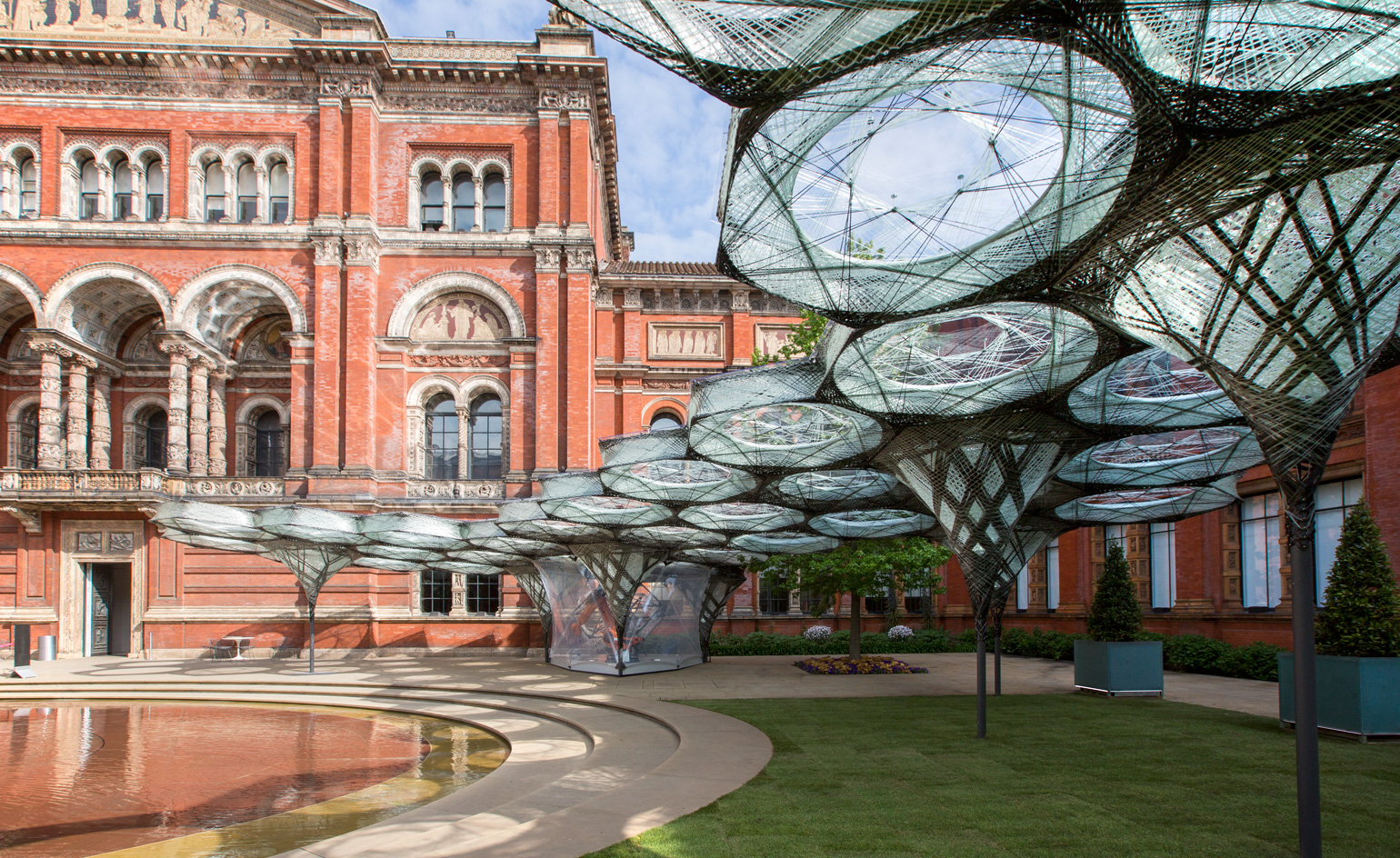
The pavilion’s cells are designed to be modular...
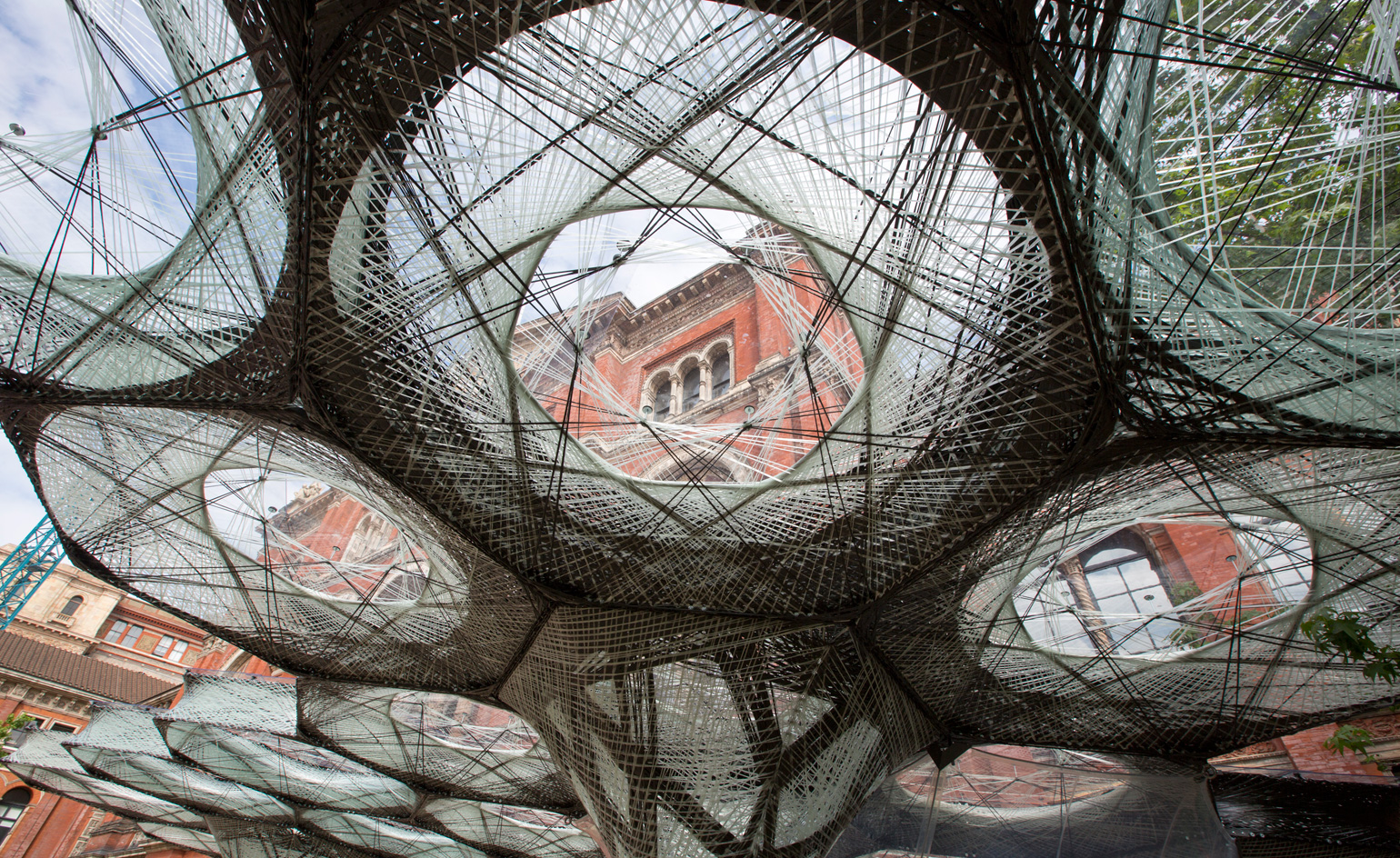
... and will also evolve and grow over the course of the Engineering Season in response to data collected by embedded optical fibres, which trace the behaviour and pattern of the canopy’s inhabitants

Visitors will have a chance to see new cells being crafted in-situ by a Kuka robot
INFORMATION
The V&A’s Engineering Season is on view until 6 November. ‘Engineering the World: Ove Arup and the Philosophy of Total Design’ opens 18 June. For more information, visit the V&A’s website
Courtesy of the Victoria and Albert Museum, London
ADDRESS
Victoria and Albert Museum
Cromwell Road
London, SW7 2RL
Receive our daily digest of inspiration, escapism and design stories from around the world direct to your inbox.
-
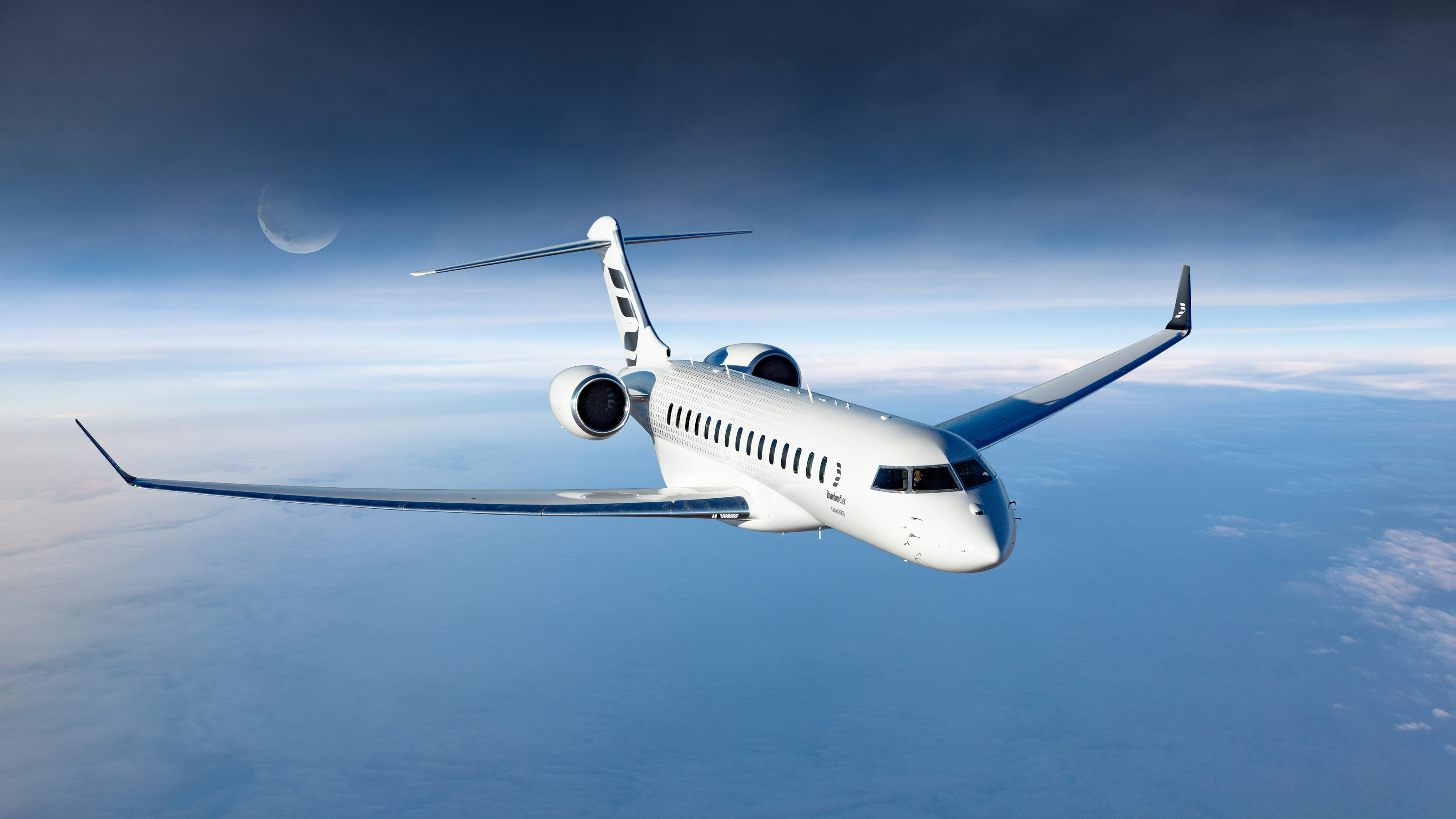 The Bombardier Global 8000 flies faster and higher to make the most of your time in the air
The Bombardier Global 8000 flies faster and higher to make the most of your time in the airA wellness machine with wings: Bombardier’s new Global 8000 isn’t quite a spa in the sky, but the Canadian manufacturer reckons its flagship business jet will give your health a boost
-
 A former fisherman’s cottage in Brittany is transformed by a new timber extension
A former fisherman’s cottage in Brittany is transformed by a new timber extensionParis-based architects A-platz have woven new elements into the stone fabric of this traditional Breton cottage
-
 New York's members-only boom shows no sign of stopping – and it's about to get even more niche
New York's members-only boom shows no sign of stopping – and it's about to get even more nicheFrom bathing clubs to listening bars, gatekeeping is back in a big way. Here's what's driving the wave of exclusivity
-
 Unleash your socialising superpowers with the Wallpaper* Entertaining Issue, on sale now
Unleash your socialising superpowers with the Wallpaper* Entertaining Issue, on sale nowGet your sublime supper party started – or hit the town in style – with the December 2025 issue of Wallpaper*, on newsstands now
-
 Let them eat cake (and drink cocktails) as Manolo Blahnik and The Berkeley unveil a new menu fit for a queen
Let them eat cake (and drink cocktails) as Manolo Blahnik and The Berkeley unveil a new menu fit for a queenThe hotelier and renowned designer has teamed up on an exclusive cake and cocktail menu to celebrate the V&A’s landmark exhibition ‘Marie Antionette Style'
-
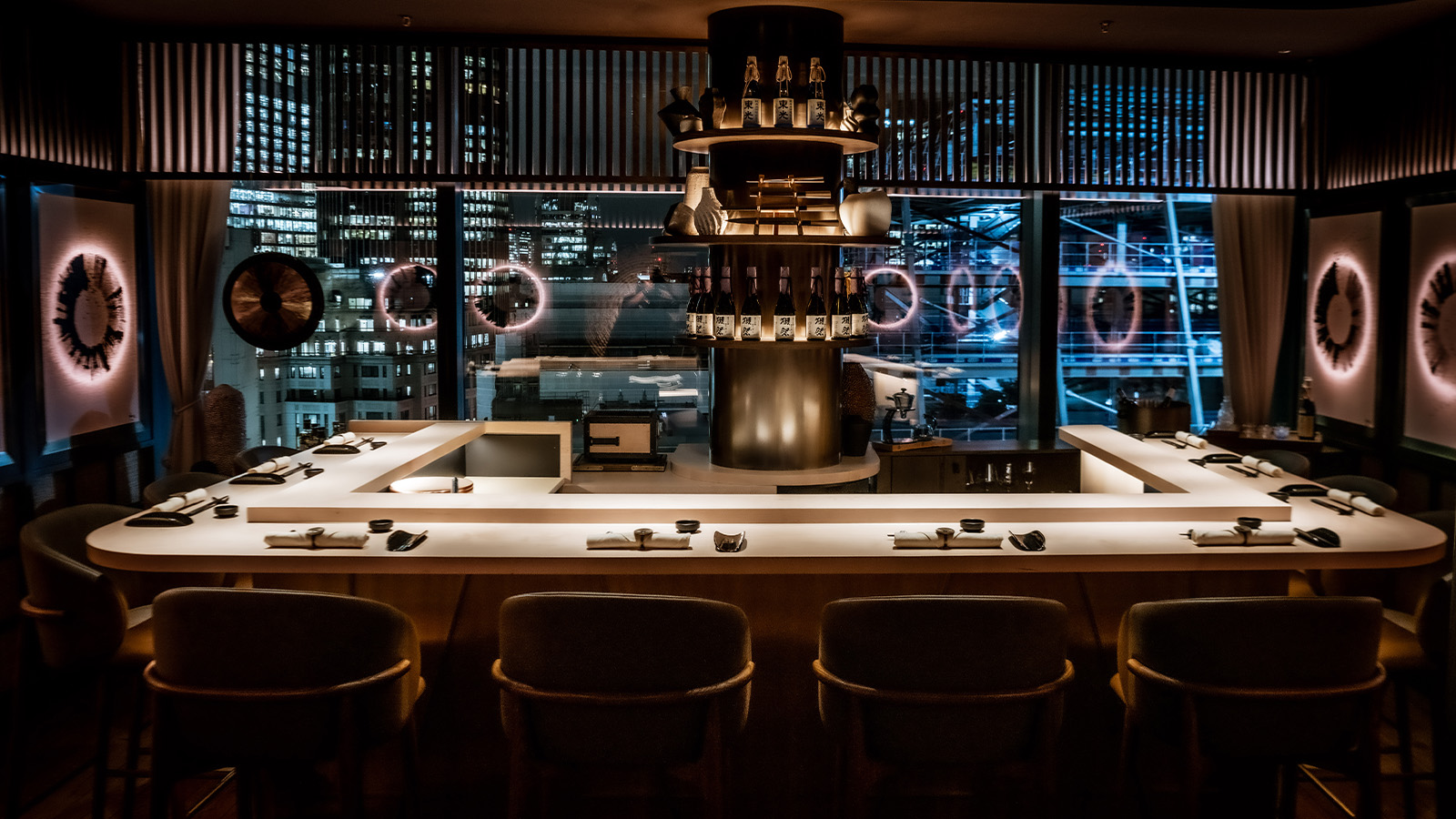 The artistry of Japanese wine
The artistry of Japanese wineFine wine from Japan may not yet register highly on the radars of most oenophiles, but for those who know, it's a hugely rewarding and rich tapestry of flavour. Drinks expert, Neil Ridley visits London's Luna Omakase for the launch of a new dedicated Japanese wine pairing menu
-
 From The Fat Badger to The Bull, how Public House is redefining the British pub
From The Fat Badger to The Bull, how Public House is redefining the British pubInside the design-driven food group putting provenance, craft and community back at the heart of pub culture
-
 Guests dined on Bangladeshi-inspired cuisine at the Serpentine Summer Party 2025
Guests dined on Bangladeshi-inspired cuisine at the Serpentine Summer Party 2025The party marked the 25th anniversary of the Serpentine Architecture Pavilion – and celebrated this year’s design by Bangladeshi architect Marina Tabassum and her Dhaka-based firm
-
 Rémy Martin and Anish Kapoor: art meets cognac in London
Rémy Martin and Anish Kapoor: art meets cognac in LondonThe cognac house and the artist unveiled a limited-edition XO decanter and a new sculpture in London at a recent event at the Institute of Contemporary Arts
-
 Mark your calendars for Mount Street Neighbourhood Summer Festival, a feast for the senses
Mark your calendars for Mount Street Neighbourhood Summer Festival, a feast for the sensesThe event, 12-14 June 2025, showcases the mix of food, art and community in the heart of London’s Mayfair. Here's what to expect, from afternoon tea to aperitivo, film screenings to biodynamic flowers
-
 Healthy chocolate? Eat it at Makers, London’s new Lebanese chocolatier
Healthy chocolate? Eat it at Makers, London’s new Lebanese chocolatierLocated in Chelsea, Makers is a new ‘healthy chocolate’ shop offering treats free of refined sugar, seed oils, wheat and dairy – and it tastes delicious